Our
Strategy
2024-2027
Our vision
Our mission statement
Introduction
We are your fire and rescue service, and we are here when you need us. We are hugely proud of what we do and what we have done to get here.
This strategy document sets out what we are going to do next to keep improving. It builds on and replaces our previous three-year rolling strategy, which we called ‘Our Plan’ and published annually. This new approach is designed to be more clearly forward looking, and to show you not just what we aim to achieve, but how we will deliver it and how we will measure success.
Starting from our vision of Making the West Midlands Safer, Stronger and Healthier , we have set 17 strategic goals for the next three years, each with at least one Key Performance Indicator which will help us determine whether we are achieving that goal. We will report on our progress every year through an Annual Report, in which we will highlight our successes and explain where we need to do more.
We have organised our strategic goals into four areas, aligned to the way we organise our service. However, while these are a convenient way to arrange our goals, everyone in our service has a responsibility to deliver against them and contribute to our intended outcomes.
All our strategic goals and performance measures then come together to form a ‘balanced scorecard’ which will be a simple, visual representation of our strategy for the next three years, all in one place. We’ll keep this live on our website, where you’ll be able to track our progress, as well as access wider performance data.
How we are going to deliver against each of our strategic goals is explained in more detail in our service delivery plans, and links to each are provided within the relevant sections of this document. These are more detailed plans covering a specific area of our business, such as our Inclusion Action Plan or our Efficiency and Productivity Plan. Each will also have its own goals and measures but will always be contributing to the delivery of the overall strategic goals of the service.
The strategic goals we have set ourselves, and this strategy as a whole, inform and are informed by our Community Risk Management Plan (CRMP), which is in turn informed by your views and opinions as shared through our 2023 public consultation. The CRMP is an assessment of the foreseeable challenges and risks facing our communities and what needs to be done to meet them. We use this analysis to inform the strategic goals, as well as to determine the specific projects we will undertake to achieve those goals and address the risks.
You can read our CRMP document on our website and explore the data and information that informs it. Also on our website, you can find out about the outcome of our consultation, and how that informed our planning.
Explore our four areas of focus - how we plan to deliver our strategy for 2024-27
Community risk reduction
We refer to some of our services and the individuals who provide them as ‘community risk reduction’ because they directly reduce the likelihood (risk) of a fire or other emergency occurring in our communities.
These services are grouped into the following categories:
Prevention
By focusing on those most at risk, our prevention work improves our communities’ quality of life through reducing their risk of fire, supporting them to lead healthier lives and educating them on how to be safer on our roads.
Protection
We inspect high-risk and tall buildings, including residential flats, hospitals, schools and businesses, to keep safe the people who live and work there. We also advise companies on fire safety legislation, to keep their staff and customers safe and help their businesses to grow. Where necessary we can go further and take enforcement action, including prosecution, where we feel the risk is significant.
Response
Our response to fires and other emergencies continues to be graded ‘outstanding’ by His Majesty’s Inspectorate of Constabulary and Fire & Rescue Services. We respond locally, nationally and internationally, saving lives, preventing harm, and safeguarding homes and businesses with the resources you need, when you need them.
The largest number of people employed by the service, each with a critical role on the frontline delivering prevention, protection, and response services to our communities through our network of community fire stations across the West Midlands.
From assisting with safeguarding our most vulnerable community members to co-ordinating our response to our largest incidents, fire control sits at the heart of our service.
Meet the organisation’s statutory duties under the Civil Contingencies Act (2004). As a Category 1 Responder we have six duties, including carrying out risk assessments, business continuity and putting in place
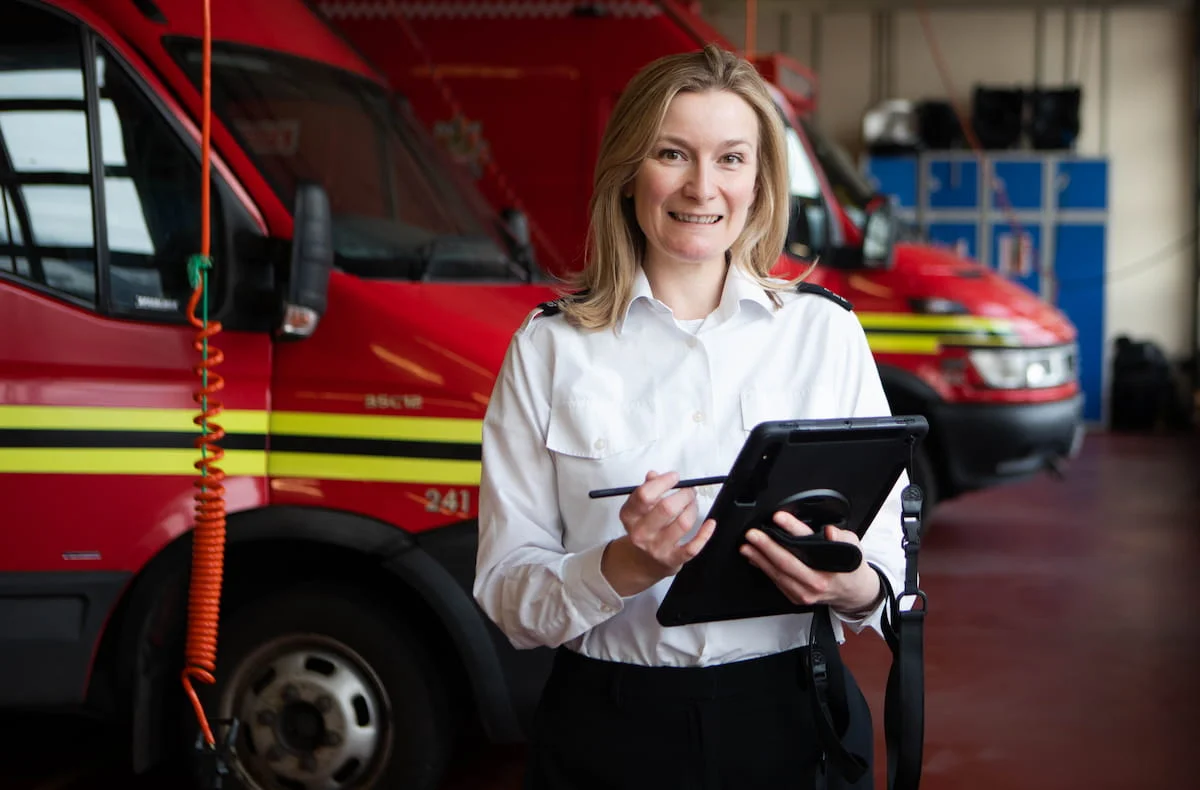
Strategic goals and performance indicators
Performance indicator
The number of accidental fires in non-domestic premises
The number of false alarm calls due to faulty fire alarm equipment in dwellings and non-domestic premises
The number of deliberate fires in derelict buildings
Performance indicator
The number of Safe and Well points achieved by the service (with average point score as a sub-PI)
The number of accidental dwelling fires
Performance indicator
Risk-based attendance standard.
(Call handling time as sub-PI)
Performance indicator
The percentage of Safe and Well visits referred by our partners.
Performance indicator
Up to date and reviewed Business Continuity Plans.
Explaining our measures
Safe and Well Points are a measure that the service uses to determine the relative risk of a home we visit. The higher the point score, the more risk factors that are present and therefore the higher the risk presented by the home .
How will we achieve this?
You will be able more about our plans to deliver against these strategic goals, and our more detailed plans for prevention, protection and response in our Community Risk Reduction Plan, which will be made available soon.
People
Our People are our greatest asset and a thriving, engaged workforce is crucial to our success. We put great focus on our employee experience, creating a positive work environment that promotes wellbeing and work/life balance.
We continue to be an employer of choice for our communities, through our commitment to building a diverse workforce reflective of the rich fabric of our society.
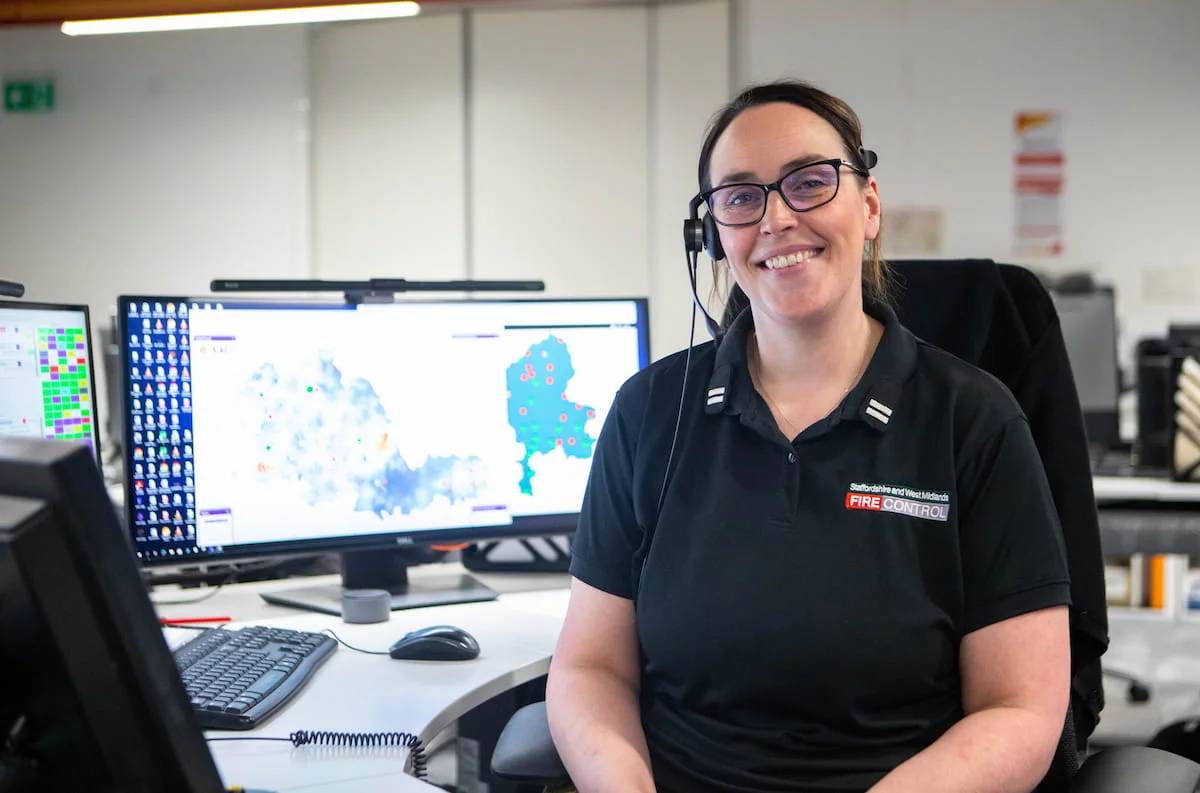
Inclusive and supportive culture
We are committed to fostering an inclusive and supportive culture where all our staff understand and live by our values, and where poor behaviour is robustly challenged and effectively dealt with.
Development and wellbeing
We take pride in the support and development we invest in our people.
Ensuring our staff are healthy and highly skilled allows them to provide the best possible services to each other and our communities.
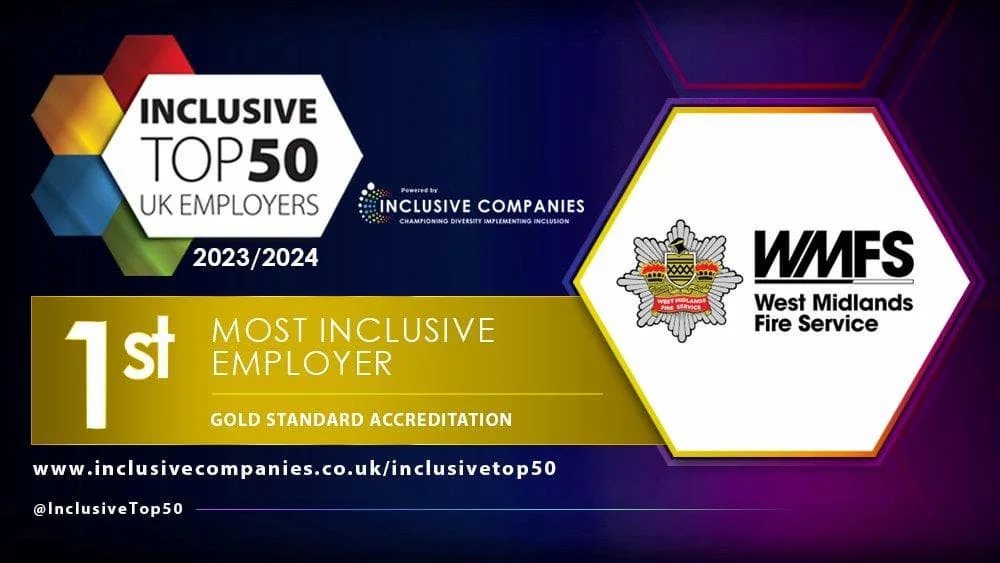


Strategic goals and performance indicators
Performance indicator
Percentage Black and minority ethnic uniformed staff/all staff
Percentage female uniformed staff/all staff
Performance indicator
Percentage of Staff trust in the service.
Percentage of completed IPDRs
Performance indicator
Percentage of Staff reporting understanding of our core values.
Performance indicator
Total number of injuries/total number of RIDDOR injuries
The average number of working days/shifts lost due to sickness – uniformed/all staff.
Performance indicator
Percentage of Core CRA compliance
RIDDOR Injuries are the most serious injuries that have to be reported to the Health and Safety Executive under the Reporting of Injuries, Diseases and Dangerous Occurrences Regulations 2013.
Staff will be asked to report their degree of trust in the organisation – reflecting how comfortable they are at work, their faith in service leadership and our various policies and processes.
An IPDR (Individual Performance and Development Review) should be undertaken at least annually with all staff, to help ensure their continuing development and provide evidence of core skills and competence.
We will also measure staff understanding of core values through regular staff surveys, with staff tested to ensure they can demonstrate knowledge of the values and how they apply to their work.
Competency Risk Assessment (CRA) is how the service determines that each member of staff has the required knowledge and skills to undertake their job, be they a firefighter, member of fire control, or one of our support staff.
You will be able to read more about our plans to deliver against these strategic goals and our specific plans in areas such as inclusion, data reporting and staff engagement in our Inclusion Action Plan, which will be made available soon.
Enabling Services
Designed to facilitate and accelerate delivery of key business goals, Enabling Services play a pivotal role in supporting WMFS to deliver its strategy and make the West Midlands safer, stronger and healthier.
Collectively, Enabling Services provide additional expertise to achieve the service’s vision by partnering with our community-facing teams to help them be more effective in their roles.
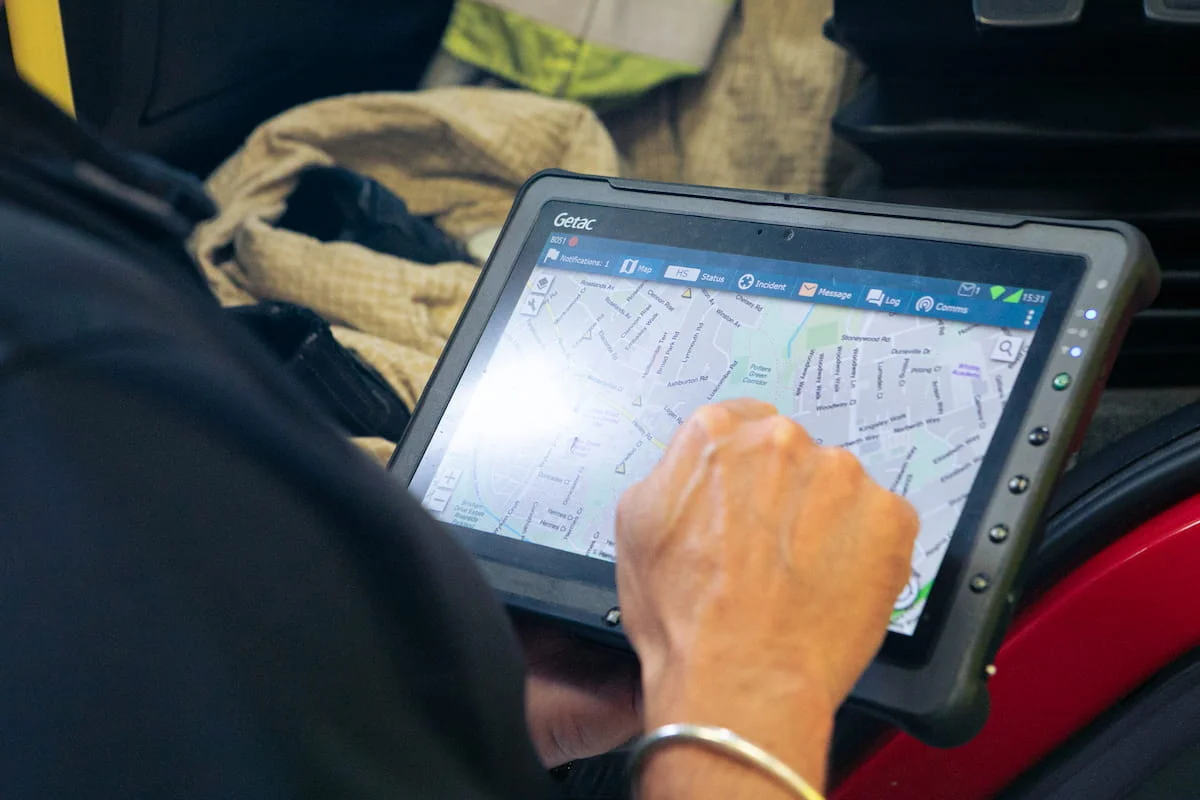
Finance, procurement and sustainability
Finance, procurement and sustainability drive efficiency and value for money alongside supporting resource allocation to enable the delivery of key priorities and transformation.
Communications and engagement
Communications and Engagement lead on engagement both within the service and with our communities, enhancing public awareness of the service, what we offer and our key safety messages.
Digital, data and technology
The Digital, Data and Technology team leverage technology to enable streamlined operations, data-driven decision making and enhanced service delivery.

Strategic goals and performance indicators
Performance indicator
Combined IT and Data Operations availability, performance, and reliability metric.
Performance indicator
Cyber Standards Compliance.
Performance indicator
Percentage public and staff trust in service communications.
Explaining our measures
Cyber Essentials Plus is a government-backed, industry-supported scheme which helps organisations protect themselves against online threats. By aiming for the ‘Plus’ standard, WMFS will be subject to a hands-on technical verification, providing extra assurance of our cyber security.
Our Communications Trust Survey is a six-monthly survey carried out with our staff, partners and communities to assess the trust they have in our communications and engagement, including areas such as our safety campaigns and social media content.
How will we achieve this?
You will be able to find out more about how we will deliver our goals for technology, data and cyber security in our Digital and Data Strategy, which will be available soon.
Our Corporate Communications Strategy, which will soon be published, will provided more information on our approach to effective communications and engagement.
Value
As a publicly-funded service, we are committed to ensuring our services are not only effective but efficient, too, delivering value for money and providing the best return on your investment in us.
Like all local authorities, we are subject to a Duty of Best Value to “make arrangements to secure continuous improvement in the way in which [our] functions are exercised, having regard to a combination of economy, efficiency and effectiveness.”
Efficiency
Improving efficiency helps us to invest in the people and service we provide to you and helps us to drive continuous improvement.
Productivity
We must also meet expectations set by central government of the fire and rescue sector as a whole to improve productivity.
We need to ensure that our crews and our support staff are making optimal use of their time and achieving the maximum benefit from the resources and money we invest in various activities such a prevention and training.
Sustainability
Of course, we must deliver value in a way that is sustainable for our people, communities and the planet – be that in the products we purchase, the vehicles we use, or how we heat and maintain our buildings – with the ultimate aim of achieving the West Midlands-wide ambition of net-zero by 2041.
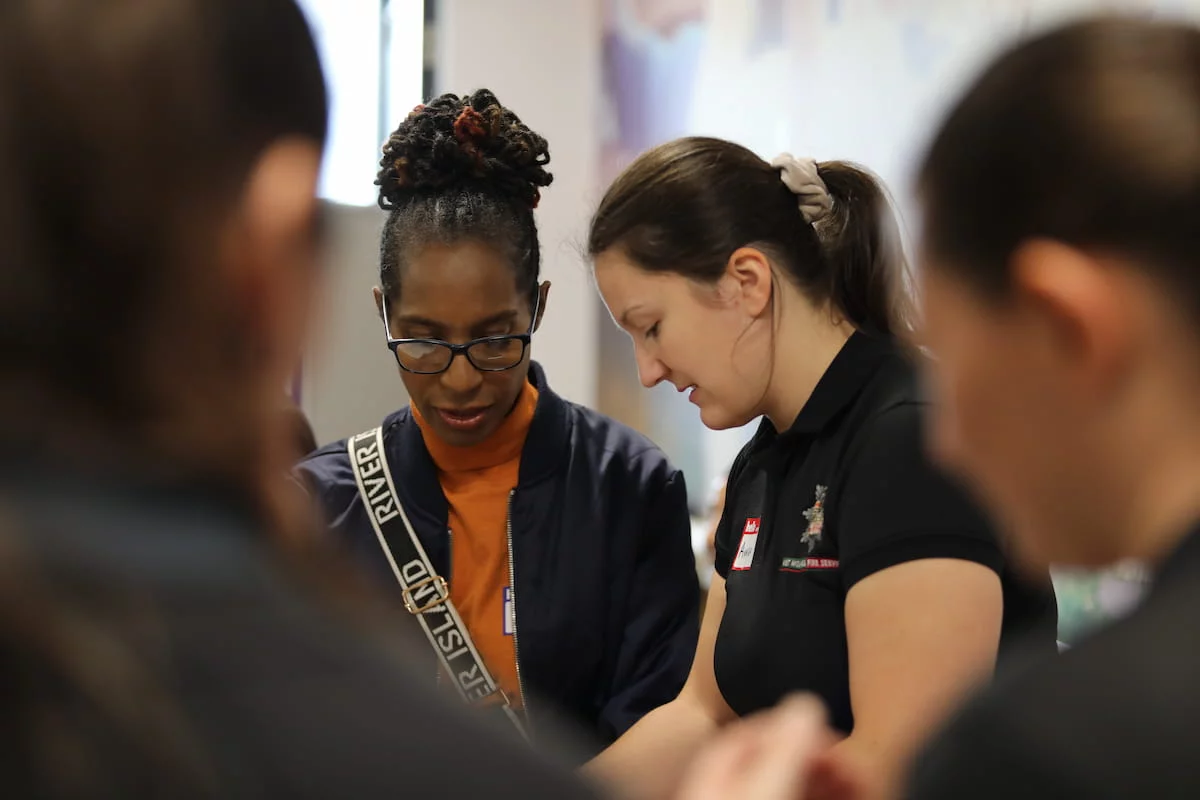
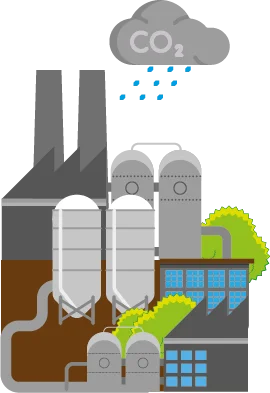

Strategic goals and performance indicators
Performance indicator
Achieving balanced budget.
Performance indicator
Delivery of in-year efficiency target.
Performance indicator
Overall Service Productivity.
Economic and Social Cost of Fire.
Performance indicator
Total service carbon footprint/output
Service gas and electric usage
Explaining our measures
Total carbon footprint is measured in terms of tonnes of CO2 equivalent emissions either produced directly by the organisation from things like heating and fuelling vehicles (called Scope 1), or indirectly from the energy we buy (Scope 2).
CO2 equivalent is a measure designed to take account of all types of greenhouse gases but provides a consistent measure in terms of the environmental impact they have equivalent to a standard measure of CO2, the most common greenhouse gas.
How will we achieve this?
You can read more about our approach to meeting our efficiency and productivity targets in our annual Efficiency and Productivity Plan, which is updated every March. This report is produced at the request of the Home Office and sets out how we will meet the targets set for us by Government and reflected in our goals above.
Our Budget and Medium-Term Financial Plan are agreed and published every February and will provide further detail on how we will deliver our efficiency goal and achieve a balanced budget.
Will also be able to read more about how we will deliver on our commitment to achieving Net Zero within our Sustainability Strategy soon, when we publish it in full.
Find out more about how we manage risk and create 'Our Strategy'
The CRMP is an assessment of the foreseeable challenges and risks facing our communities and what needs to be done to meet them.
We use this analysis to inform the strategic goals, as well as to determine the specific projects we will undertake to achieve those goals and address the risks.